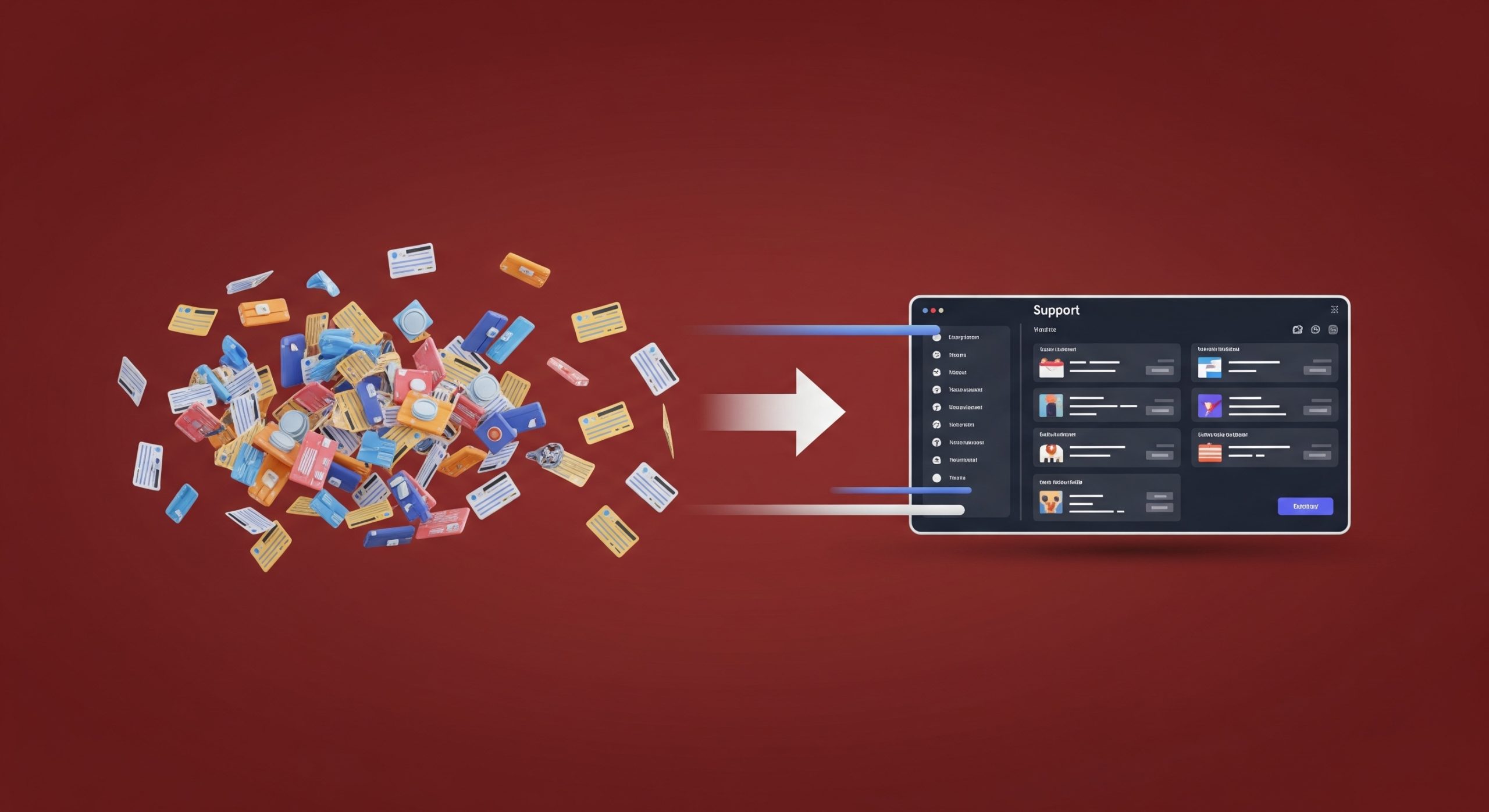If you’re in the hosting or SaaS industry, you know the sinking feeling. A customer submits a cancellation request, citing “frequent downtime” or “slow performance” as the reason. You look at their ticket history and see a trail of frustrating, reactive support interactions. You weren’t just losing a customer; you were losing a battle you didn’t even know you were fighting.
For too long, IT support has been defined by a break-fix mentality. A server goes down, a customer can’t log in, an application crashes—and the support team scrambles to put out the fire. This reactive model isn’t just inefficient; it’s a direct threat to your revenue. Every support ticket represents a moment where your service failed your customer.
But what if you could solve problems before your customers even notice them? What if your support team could transform from firefighters into architects, building a more stable, reliable, and trustworthy service? This isn’t a fantasy. It’s the reality of proactive IT support, and it’s the single most powerful lever you have for crushing customer churn.
The Vicious Cycle of Reactive Support
Reactive support is a hamster wheel. Your team is constantly chasing tickets, resolving the same issues repeatedly, and dealing with frustrated customers. This model is flawed for several key reasons:
- It Erodes Trust: Every outage or performance issue is a broken promise to your customers. Reliability is paramount, and a reactive approach guarantees you’ll be seen as unreliable.
- It’s Inefficient: Your most skilled engineers are tied up fixing preventable problems instead of working on value-adding projects that drive your business forward.
- It’s Expensive: The cost of downtime is immense, not just in lost revenue but also in brand damage and the high cost of acquiring a new customer to replace the one you just lost.
Simply put, if you’re waiting for a ticket to be created, you’ve already failed.
The Proactive Paradigm: A Strategic Shift
Proactive support flips the script. Instead of waiting for things to break, a proactive strategy uses technology and expertise to anticipate and prevent issues before they ever impact your users. It’s about moving from a cost center to a value driver.
This is achieved through three core pillars:
1. Comprehensive, Intelligent Monitoring This goes far beyond simple uptime pings. True proactive monitoring involves a deep, holistic view of your entire infrastructure and application stack. We’re talking about:
- Server Health: Monitoring CPU, RAM, disk I/O, and network traffic to catch resource exhaustion before it causes a slowdown.
- Application Performance Monitoring (APM): Tracking database query times, API response rates, and error rates to find and fix bottlenecks in your code.
- Security Threat Detection: Actively scanning for vulnerabilities, unauthorized access attempts, and malware to neutralize threats before they become breaches.
- User Experience Metrics: Analyzing page load times and transaction success rates to understand the service from your customer’s perspective.
2. Predictive Analytics and Trend Analysis Data is useless without insight. The information gathered from monitoring must be analyzed to identify trends that predict future failures. A skilled team can spot the subtle signs of impending trouble:
- A database’s query time slowly creeping up over weeks.
- A gradual increase in memory usage on a web server.
- A specific error that appears intermittently before becoming a critical failure.
By identifying these trends, you can perform preventative maintenance, optimize resources, and patch vulnerabilities during scheduled, low-impact windows—not during a frantic, middle-of-the-night emergency.
3. A Skilled and Empowered Team Technology alone isn’t enough. The final pillar is a team of engineers who are trained to think proactively. This means they aren’t just ticket-closers. They are analysts and consultants who:
- Understand the “Why”: They dig for the root cause of issues, not just apply a temporary fix.
- Communicate Proactively: They can inform customers of a potential issue and the steps being taken to resolve it before it affects them, turning a potential negative into a trust-building positive.
- Are Empowered to Act: They have the authority and the tools to make changes and implement improvements without being bogged down by bureaucracy.
The Results: More Than Just Reduced Churn
When you successfully shift to a proactive model, the impact on your business is profound. Yes, you will drastically reduce customer churn. But the benefits go even further:
- Increased Customer Lifetime Value (CLV): Happy, loyal customers stay longer, are more likely to upgrade their plans, and become vocal brand advocates.
- Lower, More Predictable Support Costs: You’ll spend less on emergency fixes and be able to budget your IT resources more effectively.
- Enhanced Brand Reputation: You become known for stability and reliability—a powerful differentiator in a crowded market.
- Freed-Up Internal Resources: Your best people can finally get off the hamster wheel and focus on innovation and growth.
Stop Fighting Fires. Start Building Value.
In today’s competitive SaaS and hosting landscape, you can no longer afford to be reactive. Your customers expect—and deserve—a stable, reliable platform. Proactive IT support is how you deliver on that promise. It’s time to move beyond the ticket queue and build a service that fosters loyalty and drives growth.
Ready to see what a proactive approach can do for you? Get your free guide, “The Proactive Support Checklist: 25 Steps to Reducing Customer Churn” to self-assess your current strategy.
Better yet, let’s talk. Schedule a free, no-obligation consultation with our experts. We’ll analyze your current support model and provide a clear roadmap to help you protect your customer base and unlock new growth.



